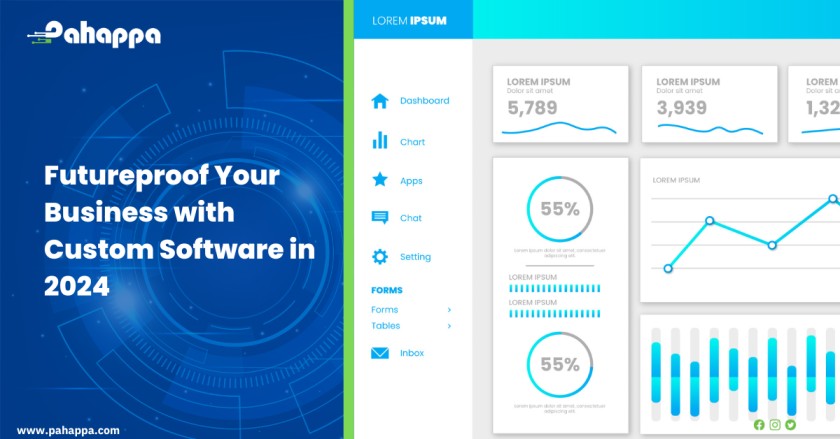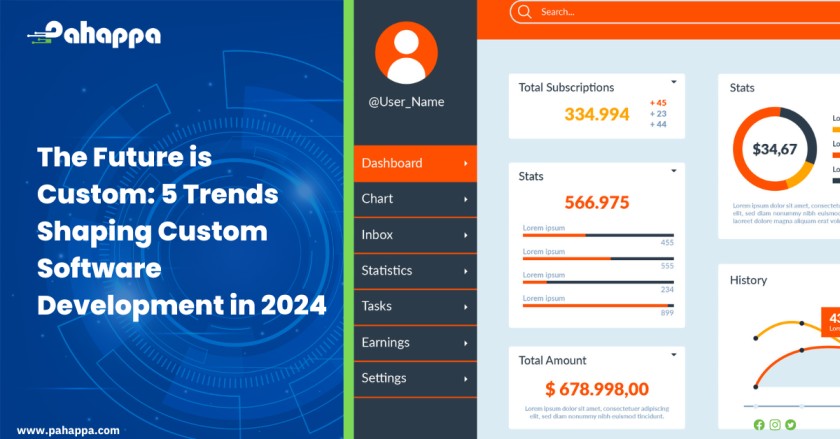In today’s digital age, user experience and functionality are often top of mind when designing software. While these are essential components of any successful software application, they are not the only factors that matter. Performance, or how quickly and efficiently the software operates, is equally important. Slow-loading web pages or lagging applications can quickly frustrate users and lead to lost revenue and credibility. In this article, we explore the strategies for optimizing performance in software development
What does designing for performance in software development?
Designing for performance in software development is a critical aspect of creating software that is optimized for speed, efficiency, and scalability. It involves careful planning and consideration of various factors such as hardware limitations, network latency, and data processing requirements.
In the modern era, when users expect high-speed software that can process large amounts of data in real time, designing for performance is crucial. The performance of an application can have a significant impact on the user experience, as slow software can lead to frustration and poor user retention. By designing software for performance, developers can create software that provides a better user experience, handles high traffic loads, and can be scaled to meet the needs of a growing user base.
Designing for performance in software development is a complex process that involves careful planning and consideration of various factors such as hardware limitations, network latency, and data processing requirements. By designing software for performance, developers can create software that provides a better user experience, handles high traffic loads, and can be scaled to meet the needs of a growing user base.
Strategies for Maximizing Performance in Software development
- Set clear goals
Setting clear goals is essential for maximizing performance in software development. When everyone knows what they’re working towards, they can stay focused and motivated. It’s important to communicate these goals effectively to the team and make sure everyone understands their role in achieving them.
- Plan and prioritize
Planning and prioritizing tasks is key to achieving goals efficiently. A detailed project plan with timelines and milestones can help keep everyone on track. Prioritizing tasks based on their importance and impact on the overall project ensures that the team is working on the most critical tasks first.
- Collaborate and communicate
Collaboration and communication are critical to success in software development. Encouraging open and honest communication within the team can help avoid misunderstandings and promote teamwork. Tools like chat apps, video conferencing, and project management software can help keep everyone in sync.
- Automate repetitive tasks
Automating repetitive tasks like testing, deployment, and code review can save a lot of time and increase productivity. This allows developers to focus on more complex tasks that require their attention.
- Use agile methodologies
Agile methodologies like Scrum or Kanban can help break down complex projects into smaller, more manageable tasks. This allows for more frequent releases and faster feedback loops. Agile development also encourages continuous improvement and adaptation to change circumstances.
- Continuous learning and improvement
Encouraging continuous learning and improvement is crucial in software development. Providing training opportunities and encouraging team members to experiment with new technologies and techniques can help keep the team up-to-date and improve their skills.
- Measure and analyze
Measuring and analyzing progress is essential for identifying areas for improvement. Metrics and analytics can help track progress and identify bottlenecks in the development process. This can help teams make data-driven decisions and focus on what’s working and what’s not.
Remember, performance is not just an afterthought, but a critical component of software development that should be considered from the very beginning. By prioritizing performance alongside user experience and functionality, developers can ensure that their applications not only meet but exceed user expectations. Contact us today for professional software development services.






